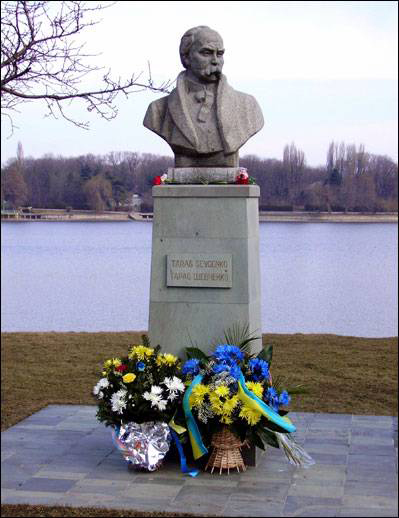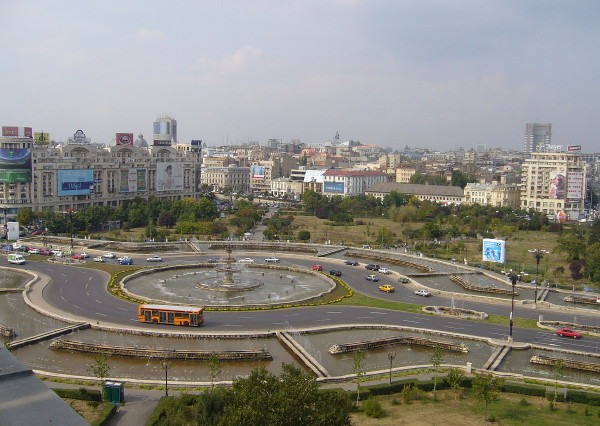Bucharest
Bucharest (Bucureşti). Since 1862 the capital city (2016 pop 2,106,144) of Romania, located on the Dîmboviţa River. Bucharest has been known since the 14th century, and in 1659 it became the capital of Wallachia. Russia signed the Bucharest Peace Treaty of 1812 here, annexing Bessarabia.
Between the world wars many Ukrainians from Bukovyna and Bessarabia and émigrés from central Ukraine lived in Bucharest; in 1940 their number increased. A number of Ukrainian organizations were based here: the Public Relief Committee of Ukrainian Emigrants in Romania (established in 1923), its branch the Community of Ukrainian Emigrants in Bucharest, the monarchist Ukrainian Union of Agrarians-Statists (established in Bucharest in 1921), the Society of Ukrainian Soldiers in Romania, the Union of Ukrainian Emigrant Women in Romania, and the student organizations Zoria (1921–6) and Bukovyna (1926–44). In 1941 a Ukrainian radio program was broadcast from Bucharest, and the newspaper Nashe zhyttia (Bucharest) and the journal Batava were published. During the Soviet occupation of 1944–5 Ukrainian activists, including Ivan Hryhorovych and O. Masikevych, were arrested. Since the 1950s the Ukrainian population in Bucharest has been about 3,000. The biweekly Novyi vik (1949–89), continued as Vilne slovo (1989–), and the bimonthly journal Kul’turnyi poradnyk (1950–8) have been published in the city. Since 1969 Kriterion publishers have published many works by Ukrainian writers living in Romania. In 1952 a department of Ukrainian language and literature was established in the Slavic Institute of Bucharest University, and a monument to Taras Shevchenko was erected in a public park of the city. Bucharest is the center of Ukrainian cultural life in Romania.
Arkadii Zhukovsky
[This article was updated in 2017.]

